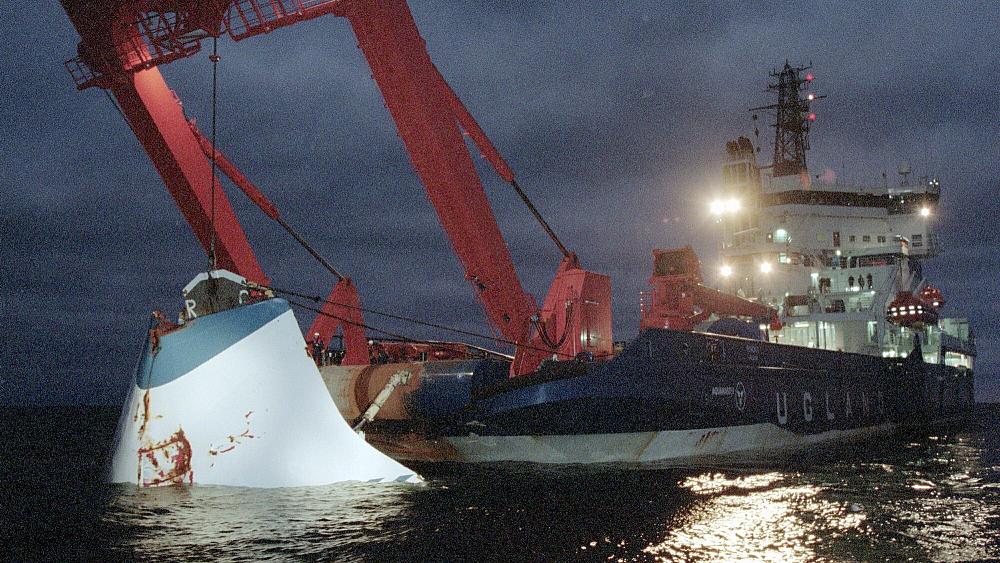
A new research expedition to the wreck of the M/S Estonia ferry that sank in the Baltic Sea in 1994 has not provided fresh evidence contradicting the official accident investigation report, the Estonian, Finnish, and Swedish safety investigation authorities said on Tuesday.
The sinking of the M/S Estonia ferry 27 years ago was one of Europe’s deadliest peacetime maritime disasters.
It sank en route from Tallinn to Stockholm killing 852 people.
The wreck now lies at the bottom of the sea about 80 metres below the surface near Uto Island.
The fate of the vessel has sparked several conspiracy theories, including a collision with a submarine and an explosion inside the ship.
The 1997 official report by Estonia, Finland, and Sweden concluded the ferry sank when its bow door locks failed to open during a storm, causing extensive flooding.
But the findings of the official joint investigation were put into question when a large hole that was not mentioned in the 1994 survey was discovered.
Presenting the preliminary results of a dive by underwater robots in July, Rene Arikas, executive director of the Estonian Safety Investigation Bureau, said the ferry’s wreck did have a hole of 22 metres long and four metres high, but that it was not self-inflicted.
Arikas specified that the wreck is resting on a slope on the seabed and that the position of the wreck has changed due to changes in the seabed over the years.
Deformation on the hull has therefore become more visible. New knowledge that the seabed was so rocky was also a surprise to investigators.
With the help of a study by Martin Jakobsson, professor of Marine Geology and Geophysics at Stockholm University, Jonas Bäckstrand, deputy director-general of the Swedish Accident Investigation Authority, considers it possible that the injuries were caused by the ship’s contact with the sea bottom.
“I would say that based on the report of Stockholm University there is a high probability at least that the damage to the starboard side of the ship could have occurred due to contact of the sea bottom,” Bäckstrand noted.
However, researchers still have no evidence proving the official report on the sinking to be incorrect.
During the preliminary assessment of the Estonian wreck in the summer of 2021, the main activities included the geological and geophysical pre-survey of the wreck’s site, underwater robot surveys, and 3D-scanning of the wreck.
Subsequent surveys will be conducted in March-April when the best possible visibility on the seabed is most likely.
In addition to seabed surveys, investigators want to talk to the 137 survivors of the accident.
Related posts:
Views: 0
 RSS Feed
RSS Feed

















 November 18th, 2021
November 18th, 2021  Awake Goy
Awake Goy  Posted in
Posted in  Tags:
Tags: 
















